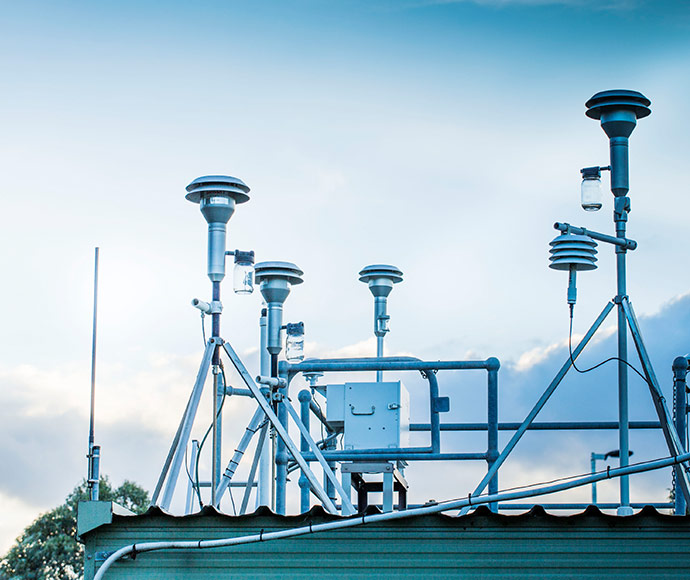The New Mexico Department of Environment (NMED) has announced that it has commented on the proposed implementation plan for air quality standards in the state of Good Neighbor and has sought public comments. The US Environmental Protection Agency has proposed maintaining some of the country's strictest air pollution standards, though untightened regulation could have devastating consequences for human health and the environment. Improving Environmental Permitting Initial Report recommended that the Air Quality Bureau consider the Clean Air Act's "law on control of suspended air pollution" to be repealed.
Air quality standards define a maximum amount of pollutants that can be present in the outside air on average over a certain period of time without having a harmful effect on people or the environment. The air quality standard limits pollutants to what is acceptable to human occupants in order to minimise harmful health effects.
There are certain criteria for air pollutants, including how much of any pollutant in the air can be anywhere in the United States. Under the Federal Clean Air Act, zones that violate the National Air Quality Standards (NABQS) or the Clean Air Act are designated as areas that are not reached. The monitored area is considered to be reaching a certain level of pollution if the monitored level is above or below national air quality standards. If the monitoring value remains below or above national air quality standards, it is not considered to have been achieved for these particular pollutants. Moreover, when monitoring levels rise or fall below the national air pollution standards of the American Lung Association (ALA) and the US Environmental Protection Agency (EPA), they are considered monitored areas where achievement or failure is achieved.
In addition to the EPA, the Clean Air Act is administered by state, tribal, and local agencies responsible for developing local solutions to air quality problems. If the condition criteria for a pollutant are met, the project complies with the Clean Air Act.
Federal projects must meet the requirements of the Clean Air Act, even if they may represent significant new sources of air pollution. When setting standards for primary pollutants, the EPA considers public health and the environment to be a priority when setting the standard for a primary pollutant.
Air quality standards vary depending on where you are in the world and what you do, and they are not legally binding. The countries most frequently compared to the air quality standard include the European Union, the United States and the WHO. These countries may choose to adopt them, but they will do so regardless of the decision of the US Environmental Protection Agency (EPA).
Note: In addition to the above values, the World Health Organization has also presented a list of air quality standards for various countries and regions of the world. The WHO has developed and issued a set of recommended air quality guidelines for each country and region in the United States.
Secondary standards describing air quality may be the same as the primary standards, but they are chosen to limit air pollution in certain areas of the United States and other countries. USEPA is based on the Federal Clean Air Act, and the EPA calculates the maximum and minimum levels of five major air pollutants regulated by the Clean Air Act (CAA): ozone, fine dust, carbon monoxide, nitrous oxide, nitrous oxide, nitrous oxide, and sulphur dioxide. A secondary standard for fine particulate matter (PM2.5) and nitrogen oxide (NOx) is based on the size of air pollutants.
Air quality standards and laws are defined by the methods that can be used to measure and report air quality levels. Air quality data are analyzed to determine the level of air pollution in different parts of the United States and other countries and to assess air quality trends. Over time, these measurements can be compared with national air quality standards and trends such as changes in ozone, nitrous oxide, particulate matter, carbon monoxide, nitrogen oxides, sulphur dioxide or other pollutants can be observed.

Comments
Post a Comment